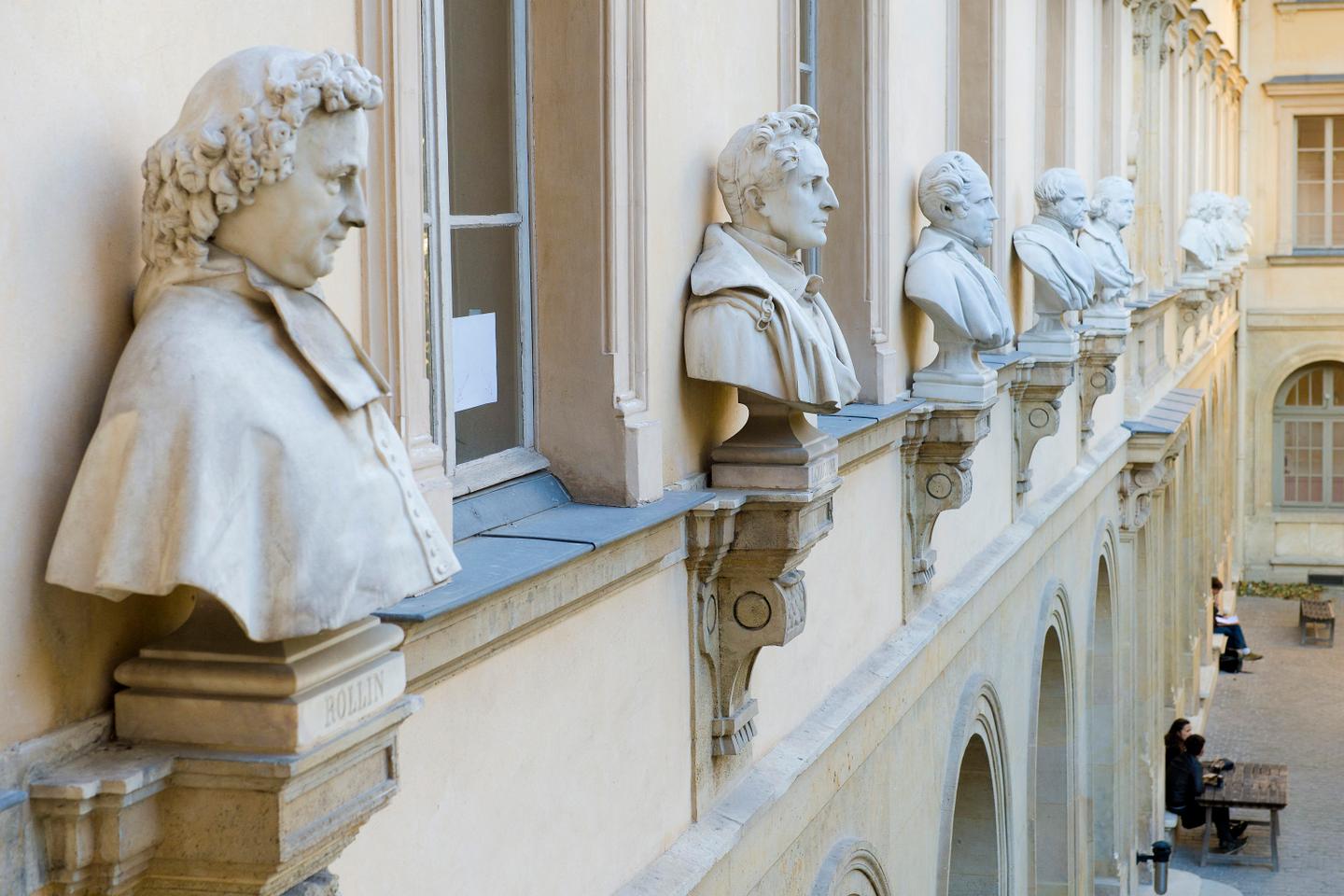

'The most socially advantaged students are found in the best-funded and best-staffed establishments'

Sorbonne Université has €14,500 of resources per student, compared with €5,400 at Rennes-II. The Université de Toulouse Jean-Jaurès has more than 77% tenured staff, compared with only 55% at the Université de Strasbourg. As for the Université of Versailles Saint-Quentin-en-Yvelines, it has 5.4 teaching staff per 100 students, compared with 2.1 at the Université de Nîmes.
These figures, taken from the latest chart from the Conférence des Praticiens de l'Enseignement Supérieur et de la Recherche, give an idea of the significant disparities between French universities. This hasn't always been the case, explains Emmanuelle Picard, a professor at the Ecole Normale Supérieure in Lyon, expert in the history of higher education and president of the Réseau d'Etudes sur l'Enseignement Supérieur.
When did inequalities appear between French universities?
Historically, the French university system has been based on a high degree of equality between institutions. The Napoleonic reforms of the early 19th century, which laid the foundations for today's system, were based on the ideal of a centralized, nationwide public service. This model included national diplomas, similar conditions of study everywhere, a state-paid teaching staff with the same conditions of practice wherever they worked and so on.
Faculties and professors were funded primarily in proportion to the number of students enrolled, regardless of subject. This is a far cry from the British system, for example, where decentralization and hierarchy between institutions have always been the order of the day. In France, with the exception of a few differences between establishments in the Paris region and those in the provinces, homogeneity prevailed until the 1960s.
How did this egalitarian approach begin to crumble?
With the start of mass expansion in the 1960s, when baby boomers began to enter higher education, government initiatives led to the first cracks appearing in this egalitarian system. There was a significant need for technicians and scientists in France at the time and the state began to provide more funding for faculties of exact and experimental sciences (mathematics, physics, biology, etc.), both in terms of buildings and teaching staff. In a way, it was assumed that students in these disciplines were "worth more" than those in the humanities and social sciences, for example, and that they needed special equipment, larger premises, etc.
The 1968 Faure law revolutionized higher education, organizing it no longer by faculties but by multidisciplinary universities. However, the mergers that took place to create these new universities often retained a dominant discipline. As a result, science-intensive universities (Orsay, Paris-VI, Rennes-1, etc.) fared better than those with a more humanities-based orientation (Lyon-II, Montpellier-III, etc.). The differentiation between establishments was already there, even if, on paper, higher education remained egalitarian with its national diplomas, its national body of teacher-researchers, etc.
You have 59.5% of this article left to read. The rest is for subscribers only.
